Customs and Traditions of Uzbekistan: Culture, Hospitality and Unique Rituals
🧵 Traditional Clothing and the Tüybeteyka
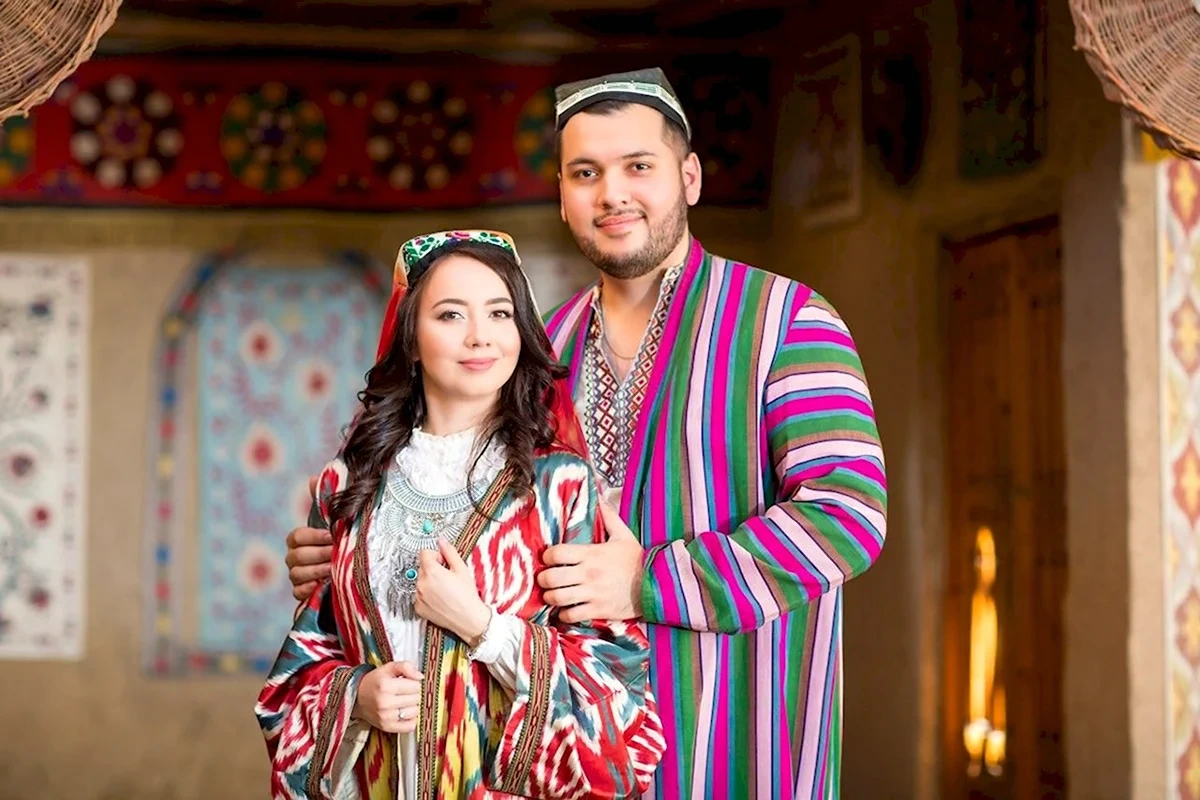
The traditional clothing of Uzbekistan reflects the rich cultural heritage and regional diversity of the country. Men often wear a chapan—a long embroidered coat—paired with a shirt and wide trousers. On their heads, they wear the tüybeteyka (doppi), a hand-embroidered square or round cap, often indicating their region or clan. Uzbek women wear long dresses made of silk or atlas, decorated with intricate golden embroidery, and accessorize with scarves and traditional silver or gold jewelry. During festive occasions, the outfits are even more colorful and ornate. This attire continues to be worn at weddings and national celebrations, symbolizing national identity and Uzbek cultural pride.
🌎 Buzkashi and Navruz
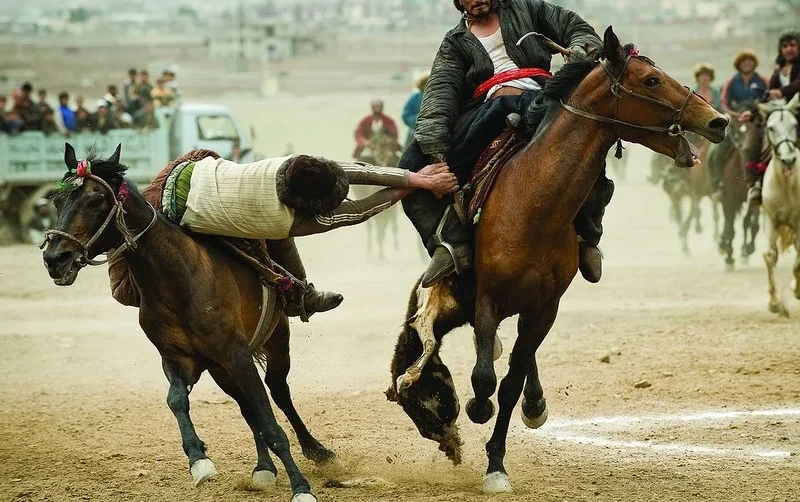
Buzkashi is a traditional Central Asian equestrian sport often played during Navruz, the Persian New Year celebrated on March 21. Navruz marks the rebirth of nature and the beginning of spring. On this day, Uzbek families prepare sumalak, a sweet dish made from wheat sprouts, cooked overnight in large pots to the rhythm of music and dance. Streets are filled with colors, traditional attire, festive dishes, and games. It is a moment of social unity where community bonds are reinforced. Celebrations include folk music, sports competitions, and craft fairs. Navruz is recognized by UNESCO as intangible cultural heritage, connecting Uzbeks with their Zoroastrian roots and their love of nature.
🎶 Musical Styles and Uzbek Dastans
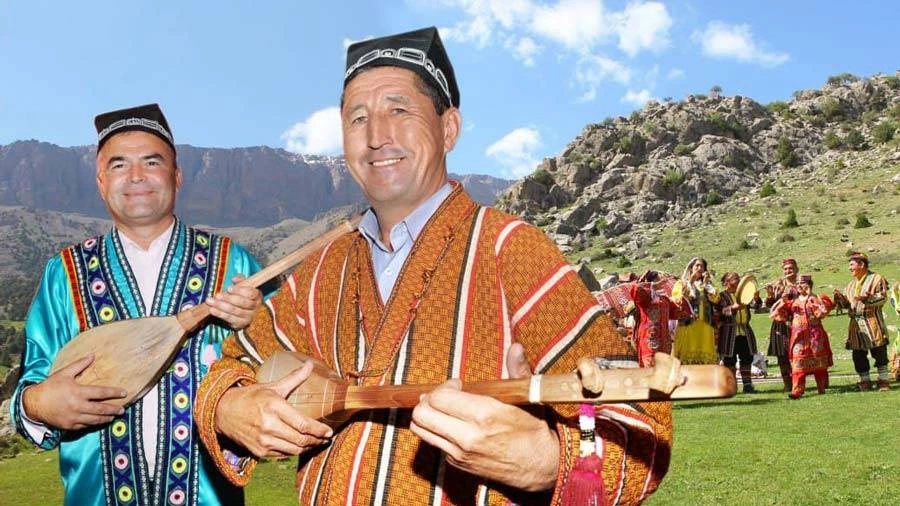
Uzbek music is one of the most vibrant and complex expressions of national culture. Dastans are poetic epics performed with musical accompaniment, telling tales of heroes, love, war, and ancestral wisdom. They are played using traditional instruments like the dutar, tanbur, or rubab, which convey deep emotions. Shashmaqom is a classical genre composed of six melodic modes blending poetry, singing, and dance. This tradition is passed down from master musicians (ustoz) and remains alive in Bukhara and Samarkand. Music is present in all key life events: births, weddings, funerals, and celebrations. In 2003, Shashmaqom was inscribed in the UNESCO list of the Intangible Cultural Heritage of Humanity.
☕ Uzbek Hospitality and the Tea Ceremony
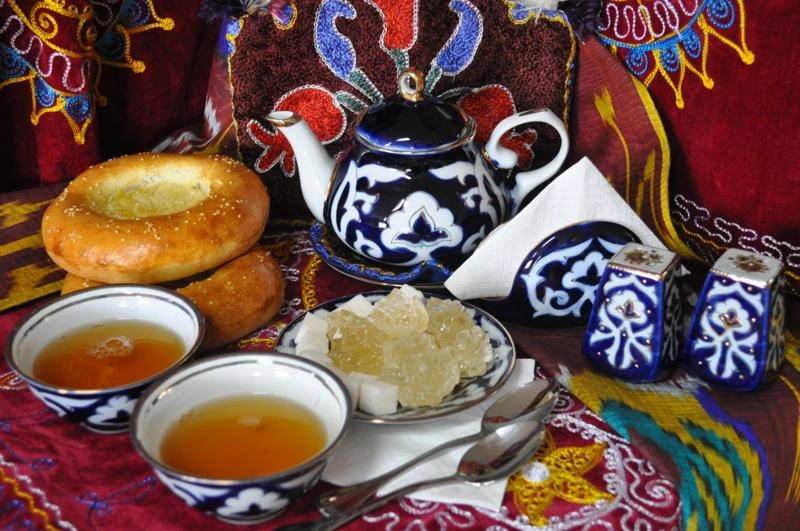
Hospitality is a cornerstone of social life in Uzbekistan. Hosting guests is a sacred duty, and tea plays a central role in this ritual. It is served in a piyala (ceramic bowl), and paradoxically, the less it is filled, the more respect it shows—so fresh tea can be offered again and again. The tea ritual involves pouring the tea three times between the piyala and the teapot before serving. It is accompanied by nuts, sweets, bread (non), and sometimes savory dishes. Traditional homes often have an "ayvan," a porch where guests gather to share tea in a calm, respectful setting. In Uzbekistan, tea is more than a drink—it is a symbol of peace and connection.
🎉 Traditional Celebrations and Rituals
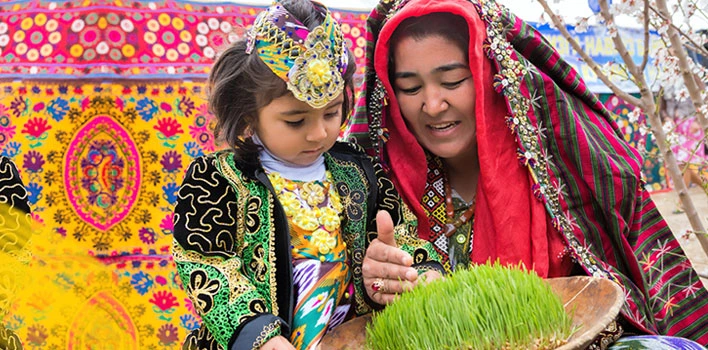
Uzbek traditions include major life-cycle celebrations held with great solemnity. Beshik-tuy is the cradle ceremony for newborns, accompanied by songs, gifts, and feasts. Khatna-kilish (or Sunnat-tuy) is the circumcision ceremony, celebrated with banquets, music, and performances. Fatiha-tuy is the engagement ceremony where families formalize the union and exchange gifts. Uzbek weddings are grand events that may last several days, featuring dances, songs, and traditional plov. Before the wedding, a morning plov (Nahor Osh) is served as a communal meal for dozens or even hundreds of people. Each of these ceremonies embodies values like family, community, respect for elders, and cultural continuity.
🏣 The Mahalla: Foundation of the Community
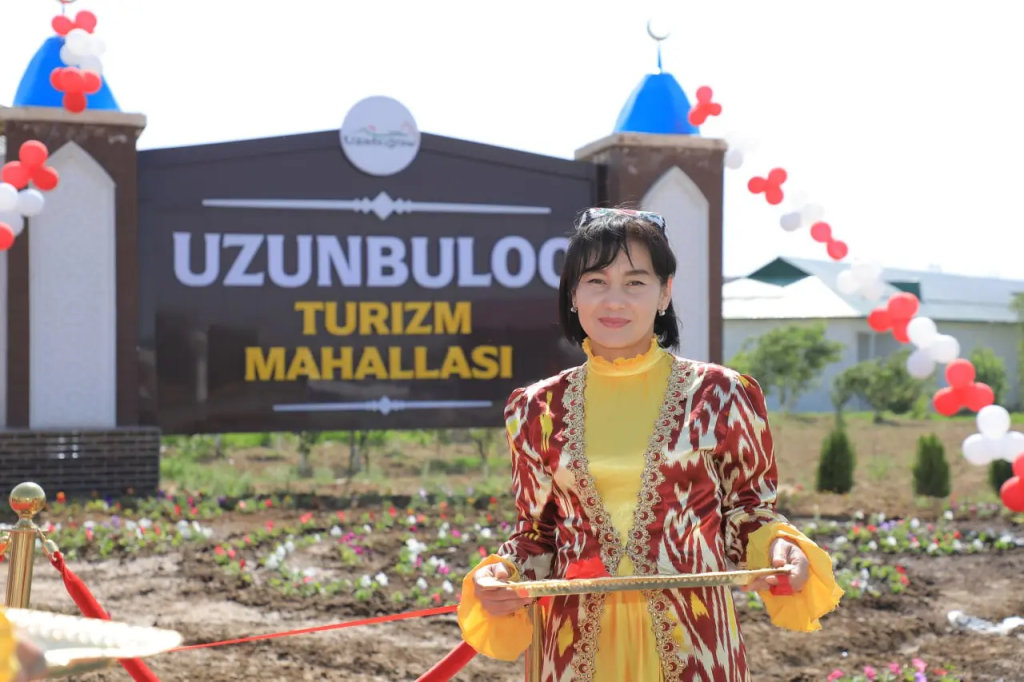
The mahalla is a traditional neighborhood-based community that remains central to Uzbek social life. It functions as a self-governing support network where neighbors and relatives come together to solve daily problems, assist the vulnerable, and celebrate together. Each mahalla has an elected elder (aksakal), who serves as a moral authority and coordinates events like weddings, funerals, mutual aid, or conflict resolution. Mahallas promote social cohesion, transmit cultural values, and offer support to women, the elderly, and the youth. In modern times, the Uzbek government has recognized the mahalla's role by assigning it formal responsibilities in education, health, and welfare. It is not just an administrative body, but a vital space that nurtures belonging and collective identity.
Conclusion
The customs and traditions of Uzbekistan form a rich and living cultural mosaic that has withstood the test of time. From music and clothing to family rituals and community life, each element reflects the essence of the Uzbek soul. Preserving these traditions is not only a matter of national identity but also of pride and duty for future generations.